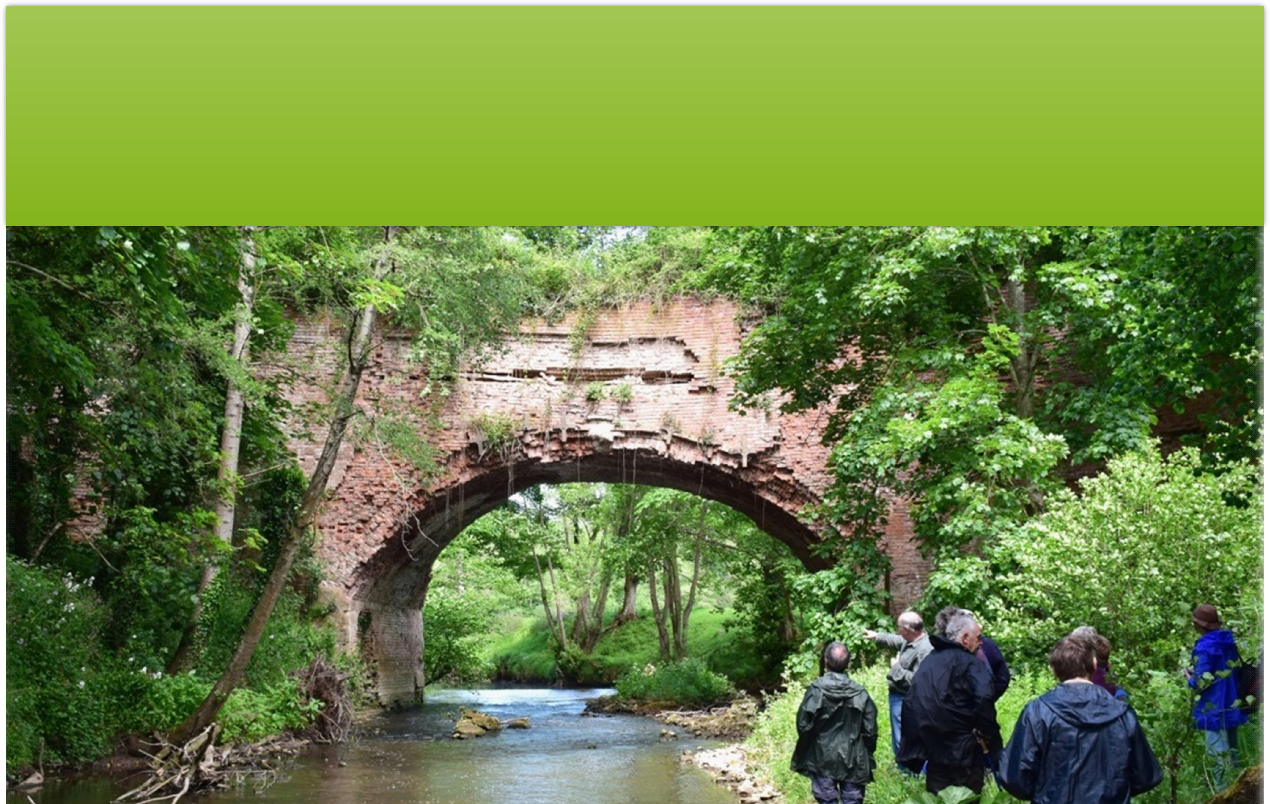



With the completion of the Staffordshire & Worcestershire Canal in 1772, which connected the River Severn at Stourport with the collieries and industries of the Midlands, a proposal was made to link Herefordshire to the rapidly growing canal network. The suggested 46-
It was envisaged that the canal would be used to carry stone, lime, iron ore and agricultural produce including timber to the Severn and to bring back coal and also merchandise for the small towns, such as Tenbury and Leominster, along the canal's route. Coal would also be carried both ways from Sir Walter Blount's mines at Mamble. It was also thought that it would open up the area to incoming industrial goods and materials from Birmingham and the Black Country as well as the rest of the country.
Thomas Dadford was appointed as Engineer and construction began in 1791. The first section from the Wharf House at Marlbrook, near Mamble, to Woofferton Wharf opened on the 20th October 1794. Coal was transported via a system of tramways from Blount's mines to the wharf where it was loaded on to the waiting barges.
Although Wharf House was owned by Blount, the canal company controlled things at this end by the lock keeper in Lock House, situated a few hundred yards further down. Woofferton had a similar wharf which included a lock, stables and a warehouse.
This section also included several impressive structures. An aqueduct was required to carry the canal over the River Rea between Mamble and Newnham Bridge. It was built mostly of brick with a span of 41 feet making it the largest single brick span aqueduct in the country at that time. However, the Rea Aqueduct was poorly constructed and soon had to be strengthened with timber and iron tie bars. At Newnham Bridge a 94-
Immediately upon this section opening in January 1796, the price of coal halved in Leominster from 30 shillings (£1.50p) to 15 shillings (75p) per ton and the first boat to carry coal from Mamble arrived in Tenbury where the coal was distributed amongst the poor. A local newspaper reported the joy of the numerous spectators who were drawn together for
the happy event with the ringing of bells, firing of cannon and roasting of sheep etc.
The second section from Woofferton to Kimbolton, just north of Leominster, was completed by 1796 making the canal 18.5 miles long. This section included the much delayed, 330-




It is said that two canal workers in a work boat lost their lives when the tunnel collapsed on top of them. Water from Dumbleton Brook was unable to get through the unfinished Southnet tunnel so, around 1800, the Stockingpool reservoir was constructed on the Marl Brook side, just south of Sodington Hall near Mamble. This then acted as the water supply for the Marlbrook lock flight.
By 1797 the money had run out to repair the still unfinished Southnet tunnel and complete the canal. Consequently, work on the canal's most ambitious structure, the 3,850-
With the emergence of the railways in the 1840's the canal had insufficient traffic to make it profitable and eventually, in 1858 the canal company ended up having little option but to strike a deal with the Shrewsbury and Hereford Railway Company. Sold to them for £12,000.00, the canal was finally closed in 1859 and drained, apparently by the simple means of opening up the banks into adjacent streams. In 1860 the Shrewsbury and Hereford Railway Company sold the canal between Woofferton and Burford to the Tenbury Railway Company for £548, some of which it used for its line eastwards. Then in 1862, for the sum of £450, more canal was sold this time between Burford Newnham Bridge and again some but not all was used for its route to Bewdley.
So, sadly the grandiose scheme to link Kington with the Severn at Stourport never happened and only under half was completed between Leominster and Southnet wharf. Some work was undertaken between Leominster and Kington but beyond that there was very little further progress.
In 1797 a ceremonial sod was cut near Stourport where the canal was due to enter the Severn around Areley Kings but financial difficulties prevented further development to Stourport and the existing land-
Despite having never being completed and subsequently abandoned for almost 150 years, much of the route can still be followed today. Perhaps the most striking feature is the Teme aqueduct, or what remains of it, having been partially destroyed by the army as a training exercise during the last war. Near Marlbrook the second largest structure is the Rea Aqueduct which, known locally as ‘the bridge of a million bricks’, suffered in 2013 from a partial collapse to its upstream face.
Some use was found for parts of the canal. Not long after closure a section of canal near Wharf House, Mamble was dammed in sections and used as commercial fish ponds.
Tunnel portals, lock chambers, embankments, canal side buildings and wharves can all be traced. And what canal doesn’t have its own ghost story, the Southnet tunnel collapsed of 1795, which was never repaired, is rumoured to have two souls and their boat still entombed there.
[Special thanks to Martin Hudson and David Slater for their help in writing this brief history]

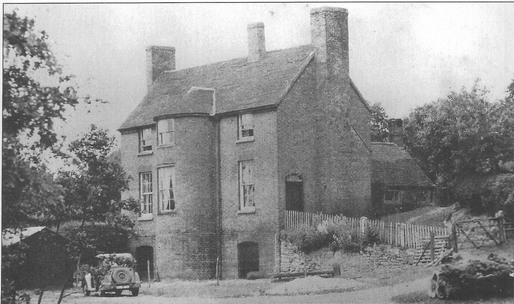
Wharf House, near Mamble
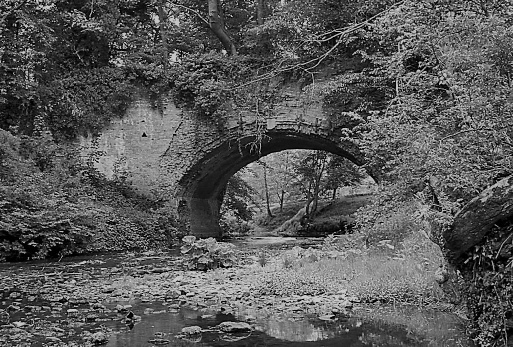
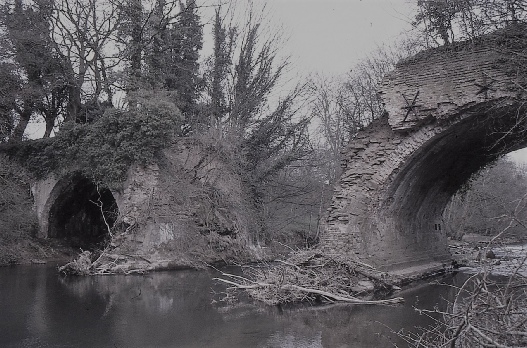
Rea Aqueduct, Marlbrook
Teme Aqueduct, Little Hereford
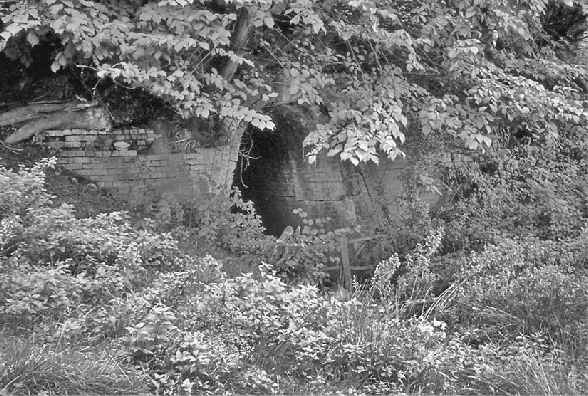
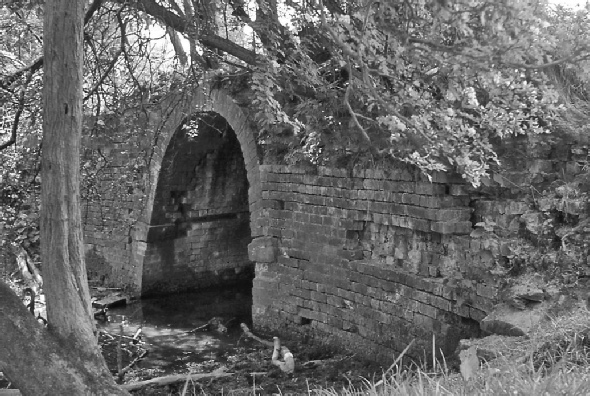
Southnet Tunnel, Western Portal
Putnal Field Tunnel, Southern Portal
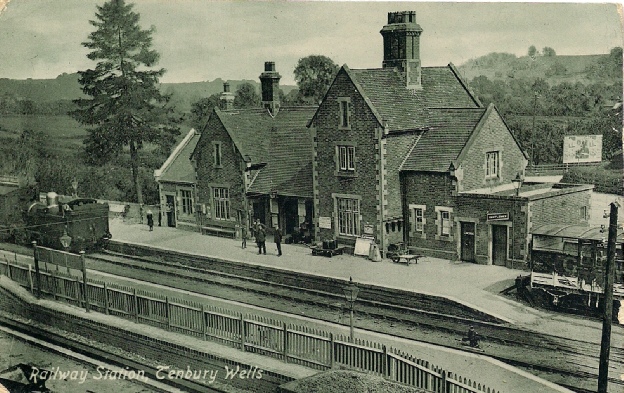
Tenbury Wells Station
